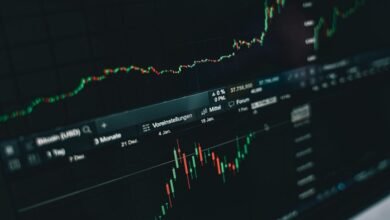Photoacomapnha: O Papel das Imagens no Processo Judicial

Images have become pivotal in the judicial process, shaping perceptions and influencing outcomes. Their use as evidence relies on authenticity and objectivity, yet digital manipulation challenges their credibility. As visual evidence gains prominence, understanding its strengths and vulnerabilities becomes essential. Examining how photographs impact justice requires a nuanced approach to verification and interpretation. The implications of this reliance extend beyond courts, affecting public trust and societal perceptions of fairness.
The Power of Visual Evidence in Courtroom Proceedings
How influential is visual evidence in shaping judicial outcomes? Digital forensics enhances image authentication, ensuring the integrity of photographs used in court. This process underpins the credibility of visual evidence, empowering judges and juries to make informed decisions.
Accurate image authentication safeguards the pursuit of truth, reinforcing the fundamental right to a fair and transparent judicial process.
Challenges and Limitations of Using Photographs as Legal Evidence
While the credibility of visual evidence can significantly influence judicial outcomes, several challenges and limitations hinder its definitive use in courtrooms. Digital manipulation raises concerns about authenticity.
Subjective interpretation can distort perceived meaning. These factors compromise the reliability of photographs, underscoring the need for rigorous validation processes to ensure justice is not compromised by unreliable visual testimony.
The Impact of Images on Public Perception and Justice Outcomes
Images wield a profound influence on public perception and can significantly shape judicial outcomes by conveying complex information rapidly and emotionally. Media influence and cultural perceptions amplify this effect, often swaying justice by framing narratives visually.
Recognizing this dynamic is essential to safeguarding judicial integrity and ensuring that perceptions do not override objective legal processes.
Conclusion
In the judicial realm, images serve as powerful tools that shape perceptions and influence outcomes. Ensuring their authenticity through digital forensics is crucial to prevent misinformation and uphold integrity. As the adage goes, “a picture is worth a thousand words,” highlighting the profound impact visuals have on justice. However, rigorous verification remains essential to balance influence with truth, safeguarding the judicial process from bias and manipulation.




